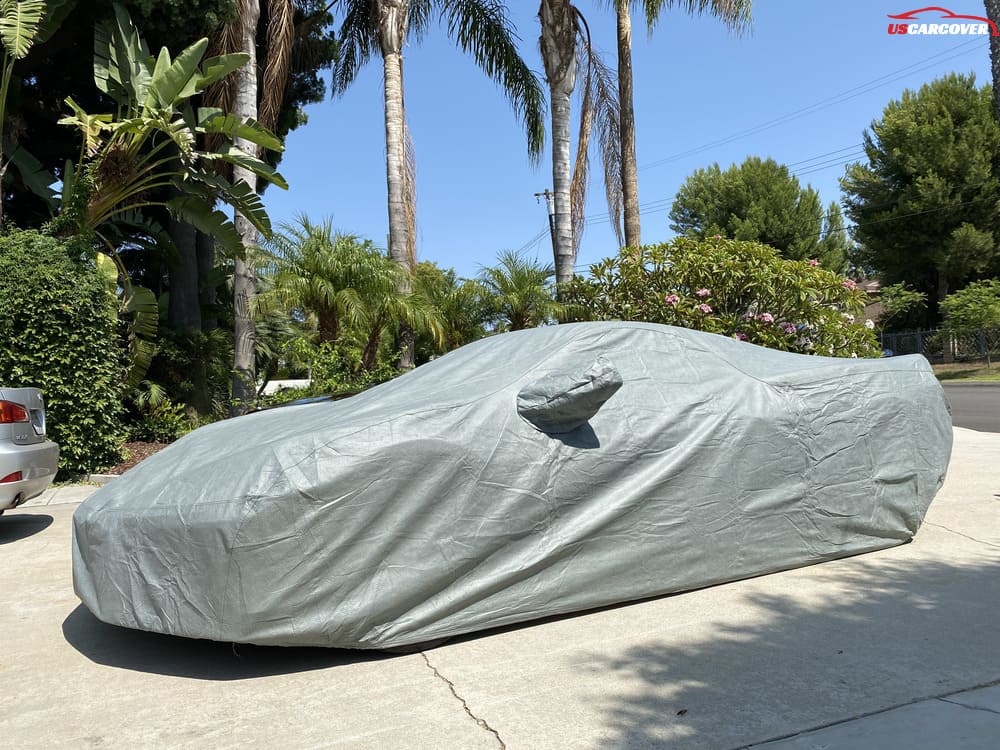
Using a car cover offers a practical solution for protecting your vehicle from the elements and preserving its appearance over time. Car covers are designed to shield against damaging UV rays, rain, dust, and even minor physical impacts, making them a popular choice for car owners looking to extend the life of their vehicle’s paint and finish. However, like any product, car covers come with both advantages and disadvantages that should be considered to determine if they’re the right fit for your needs. This guide will explore the key pros and cons of using a car cover, helping you make an informed choice.
What is a Car Cover?
A car cover is a protective fabric designed to shield your vehicle from external elements like sun, rain, dust, and minor physical damage. Car covers come in various types to suit different needs, including indoor covers that protect against dust and scratches in garages, and outdoor covers built to withstand harsher conditions like UV rays, rain, and even snow. Choosing the right car cover often depends on your environment and parking habits, as well as the level of protection you want.
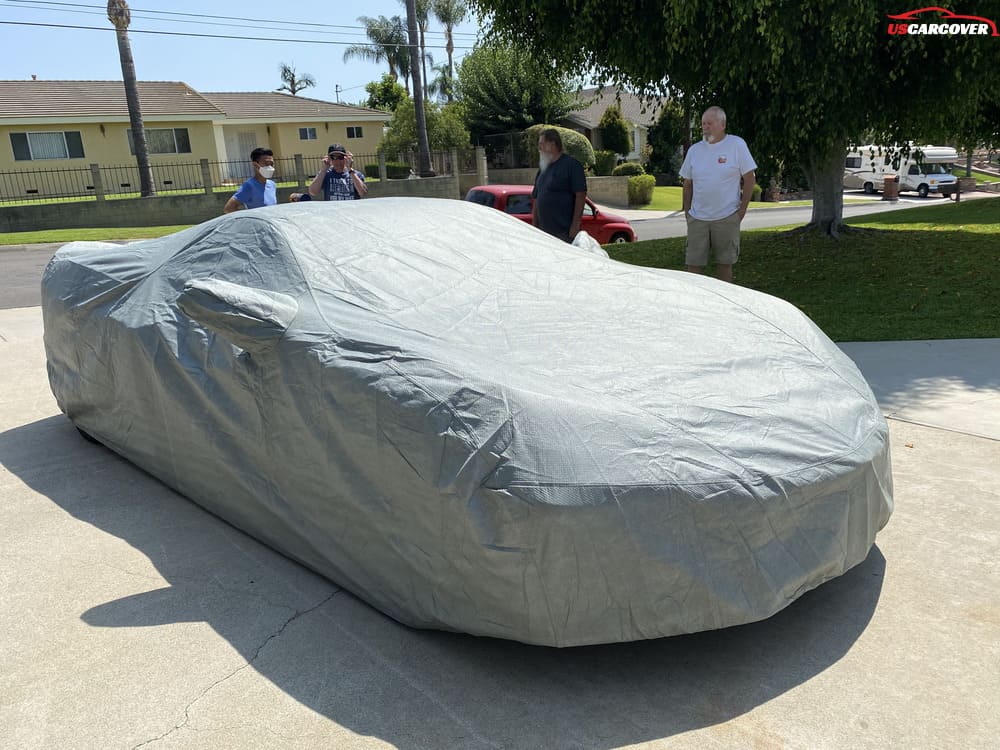
Related posts: 10 Tips to Prevent Theft for Your Car
Advantages of Using a Car Cover
1. Protection from Weather Elements
A car cover offers robust protection against natural elements like rain, snow, UV rays, and dust. By shielding the vehicle from sun exposure, it prevents paint fading and interior damage, while a weather-resistant cover can block water from reaching the car’s surface, reducing the risk of rust.
2. Prevention of Physical Damage
Car covers act as a buffer against scratches, dings, and minor impacts. Especially for outdoor car covers, the material can help absorb small impacts and guard against accidental scrapes, preserving the car’s exterior.
3. Improved Car Appearance Maintenance
Using a car cover regularly keeps your car looking new by preventing dust, pollen, and other debris from settling on its surface. This reduces the need for frequent washing, helping maintain a pristine appearance.
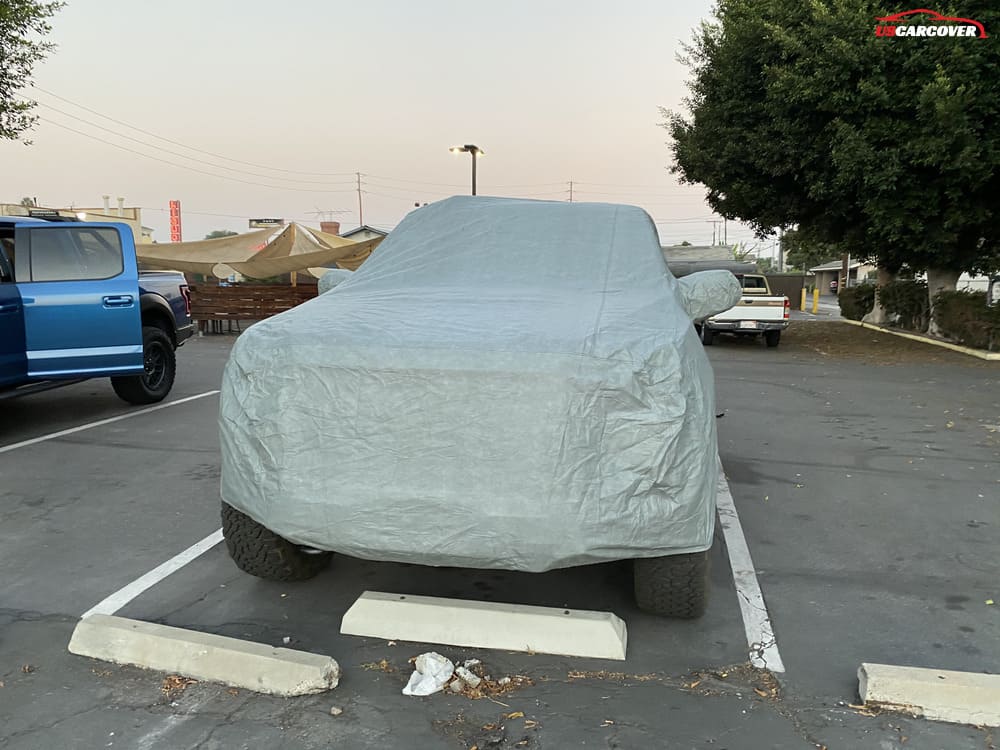
4. Security and Theft Deterrence
A car cover can conceal your car’s model and valuables, making it less appealing to potential thieves. Thicker or lockable covers provide an extra layer of car security, adding peace of mind.
5. Cost-Effective Vehicle Protection
Compared to other protection options, car covers are affordable and effective, offering a one-time solution that guards your vehicle from daily wear and environmental hazards without breaking the bank.

Related posts: 10 Tips to Prevent Scratches for Your Car
Disadvantages of Using a Car Cover
1. Risk of Paint Scratches if Not Used Properly
While car covers are meant to protect, improper use can sometimes lead to scratches. If dust or debris is trapped between the cover and the car’s surface, or if the cover is repeatedly put on and removed carelessly, it can cause minor abrasions on the paint.
2. Inconvenience and Time-Consuming
Using a car cover requires time and effort, especially if you’re putting it on and taking it off daily. This can become tedious, particularly in adverse weather conditions when handling the cover is more difficult.
3. Potential for Moisture Buildup
Non-breathable car covers can trap moisture, which can lead to condensation and eventually rust. If a car cover isn’t designed to allow air circulation, the trapped moisture can damage both the paint and metal surfaces over time.
4. Susceptibility to Wear and Tear
Car covers exposed to constant sun, rain, or wind can degrade over time, especially if they’re not made from durable materials. Cheaper covers may need frequent replacement, which adds to long-term maintenance costs.
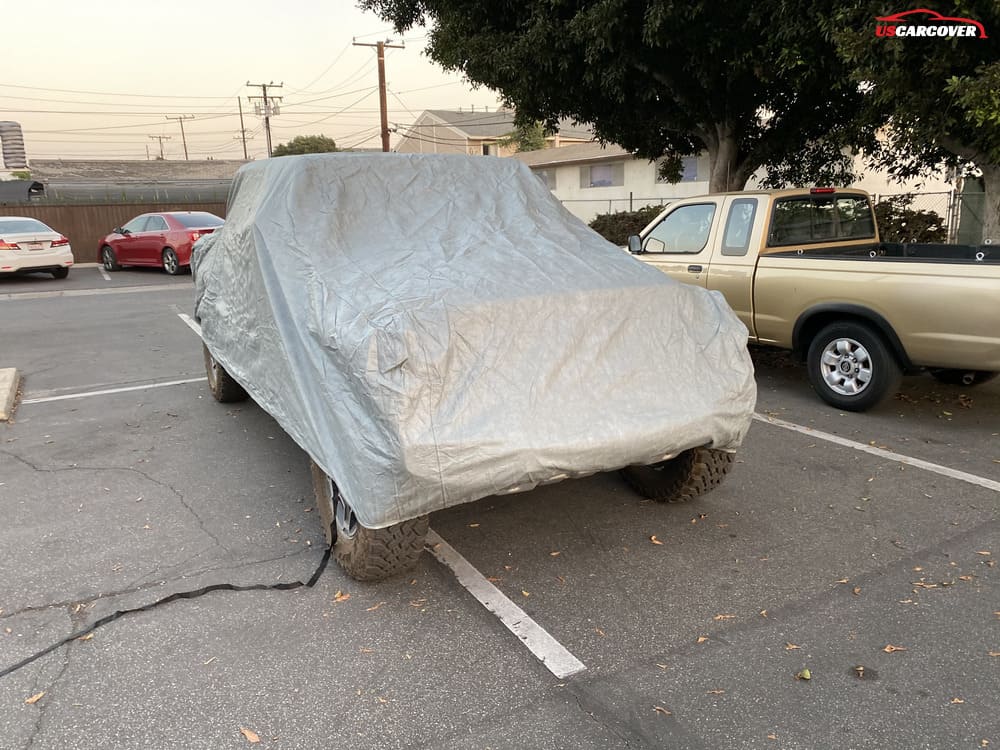
When Should You Use a Car Cover?
Using a car cover is ideal in situations where your vehicle faces exposure to elements or extended parking. For outdoor storage, a cover provides crucial protection from UV rays, rain, snow, and dust, which can otherwise harm the paint and interior. Long-term parking, whether at home or at an airport, also benefits from a car cover to keep your vehicle clean and prevent scratches from falling debris or nearby activities. Even in a garage, an indoor car cover guards against dust and accidental dings, helping maintain your car’s pristine appearance. In short, a car cover is valuable whenever you want added protection for your car, indoors or outdoors.
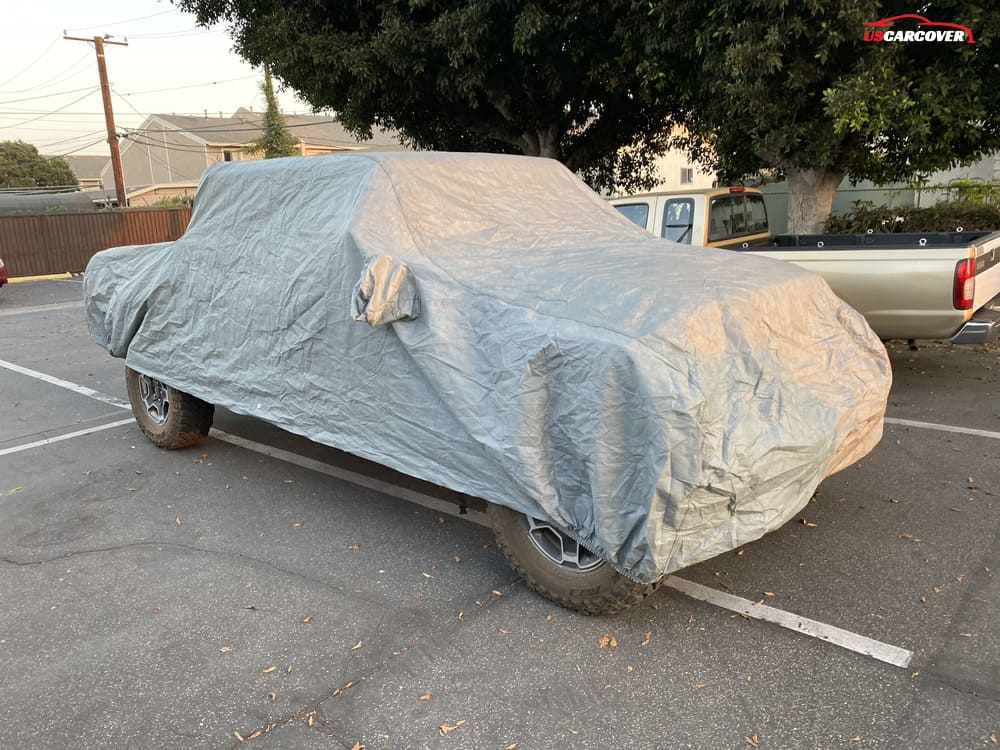
Related posts: How to keeping your car dry and secure
Tips for Choosing the Right Car Cover
1. Consider Your Environment
Select a car cover based on where your vehicle is typically parked. For outdoor parking, opt for a heavy-duty, weather-resistant cover to shield against UV rays, rain, and snow. For indoor storage, a lightweight, dust-resistant cover is sufficient to protect against dust and minor scratches.
2. Choose the Right Fit
A custom-fit car cover offers better protection than a universal one, as it contours closely to your car, reducing movement that can cause scratches. A snug fit also helps keep out dirt and moisture.
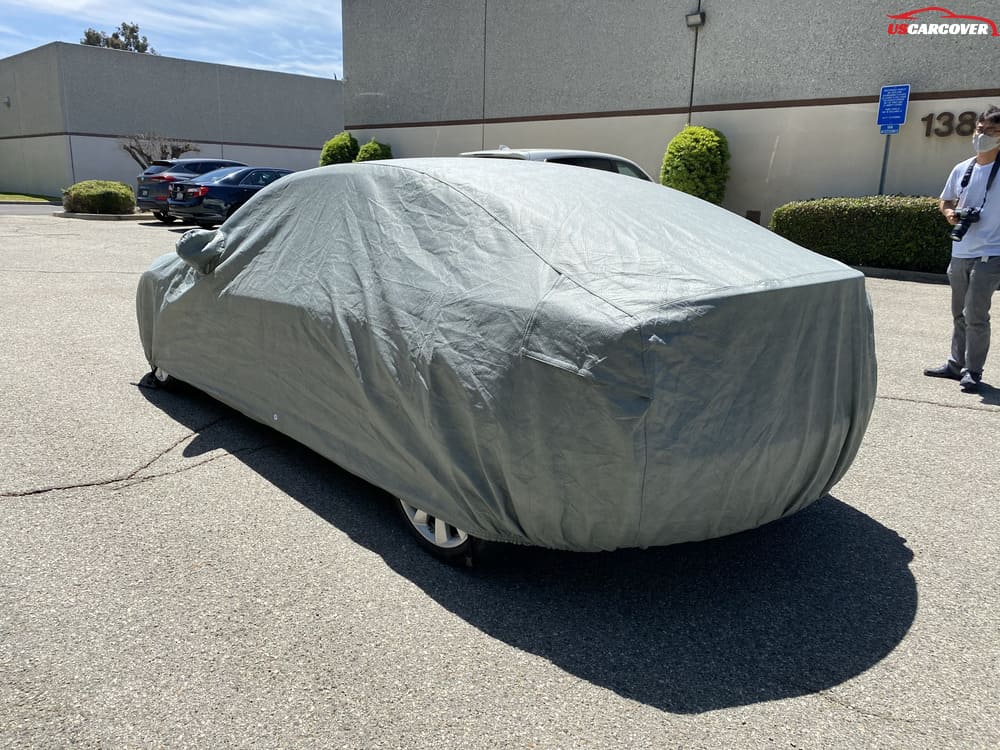
3. Look for Breathable, Water-Resistant Materials
Breathable materials prevent moisture buildup under the cover, which helps avoid rust and mildew. For outdoor use, a water-resistant car cover is essential to protect against rain while allowing moisture to escape.
4. Prioritize Durability and Quality
Invest in a durable car cover made from high-quality materials, especially if it will be exposed to harsh weather. Look for UV protection and multi-layered fabric for better resilience against wear and tear.
5. Consider Additional Features
Extra features like lockable car covers for added security or soft inner linings to prevent scratches can enhance protection and convenience. These features help ensure your car cover meets all your vehicle's needs.
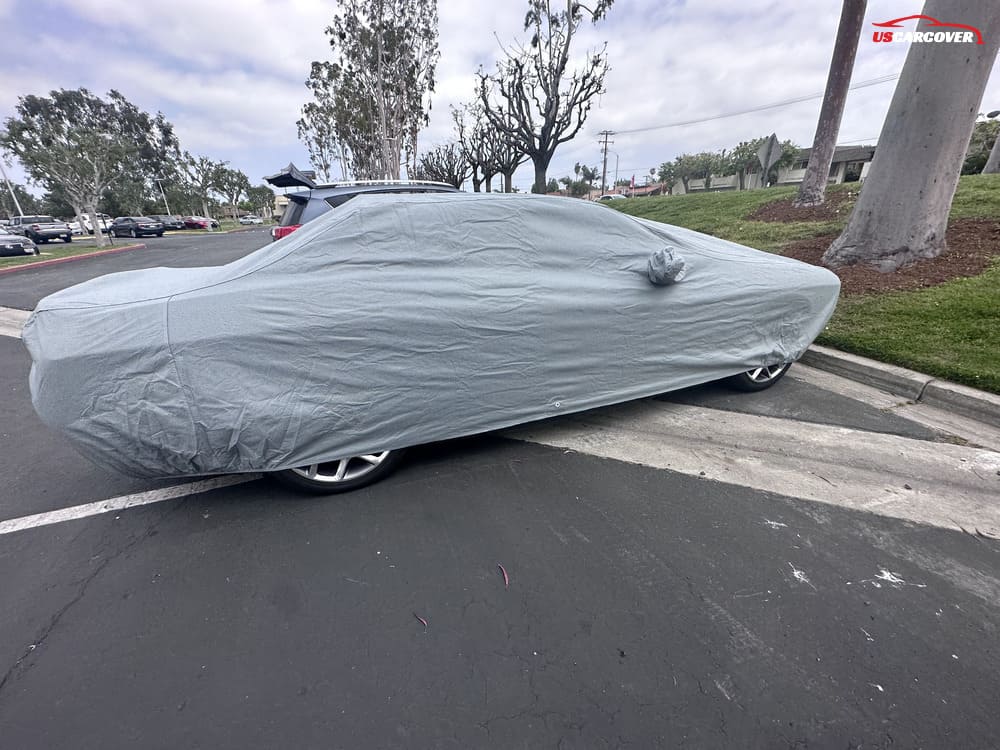
Related posts: 10 Tips for Maintaining Your Car at Home, Saving Money
Conclusion
Using a car cover is a practical way to protect your vehicle from environmental elements, physical damage, and even theft. While car covers offer significant advantages, such as weather protection and cost-effectiveness, they also come with some drawbacks, like potential paint scratches and added maintenance. Choosing the right cover based on your storage conditions, desired features, and fit can help maximize its benefits. By weighing these advantages and disadvantages of car covers, you can make a well-informed decision that preserves your car’s appearance and value for years to come.
